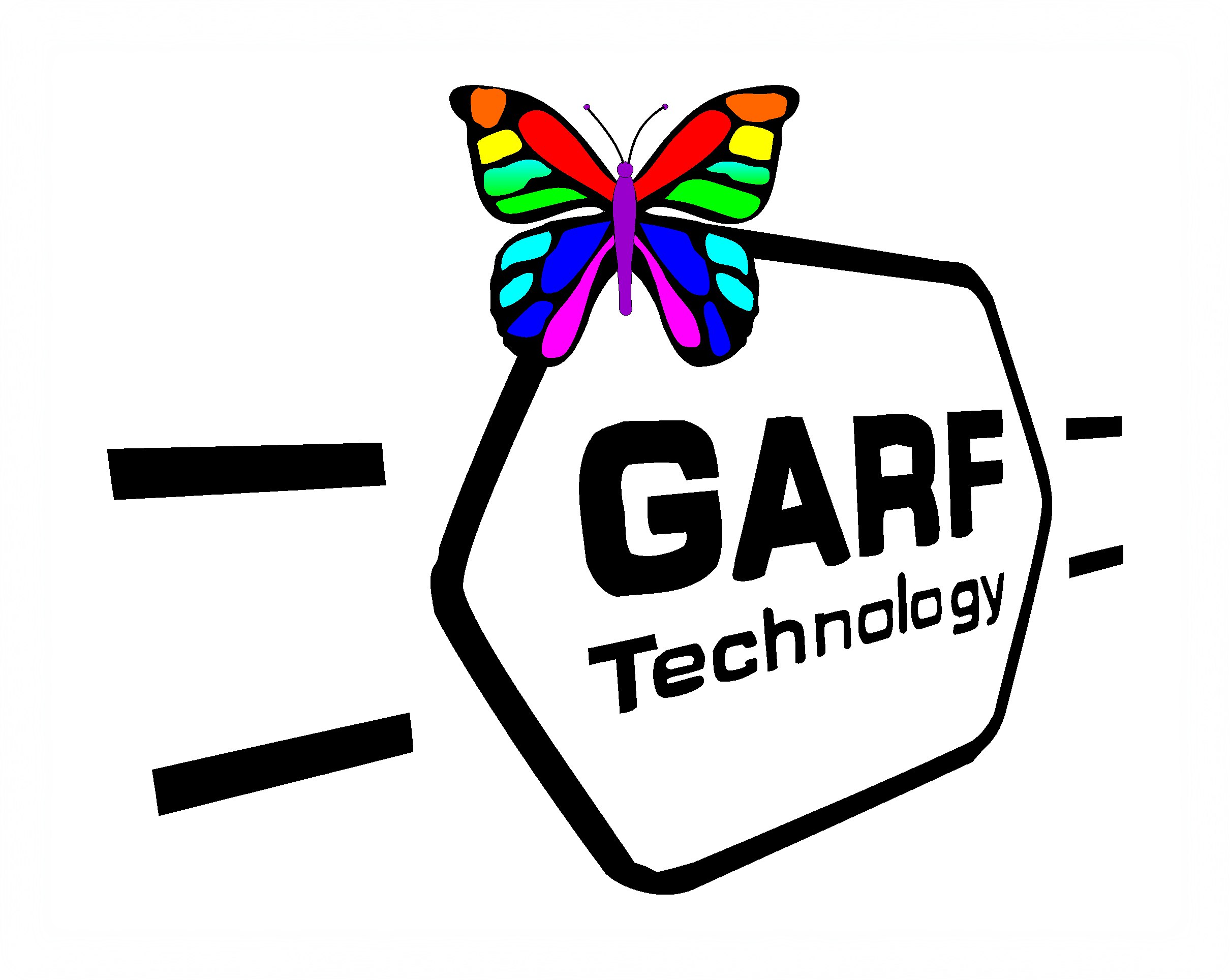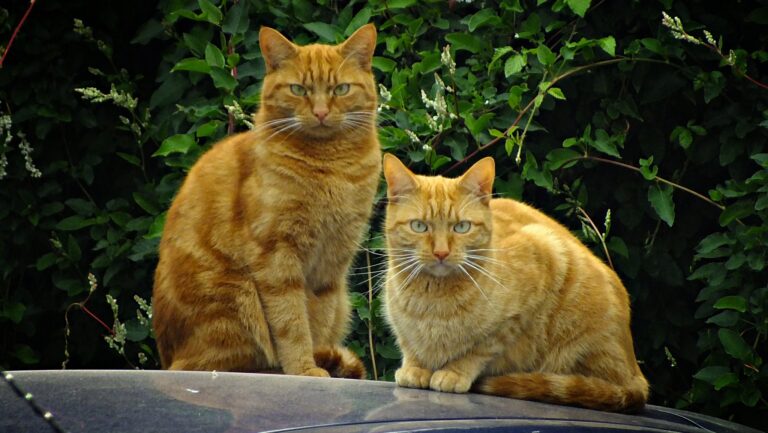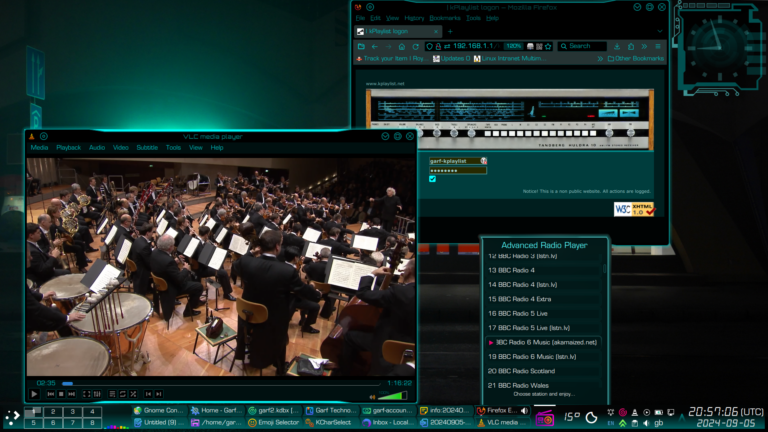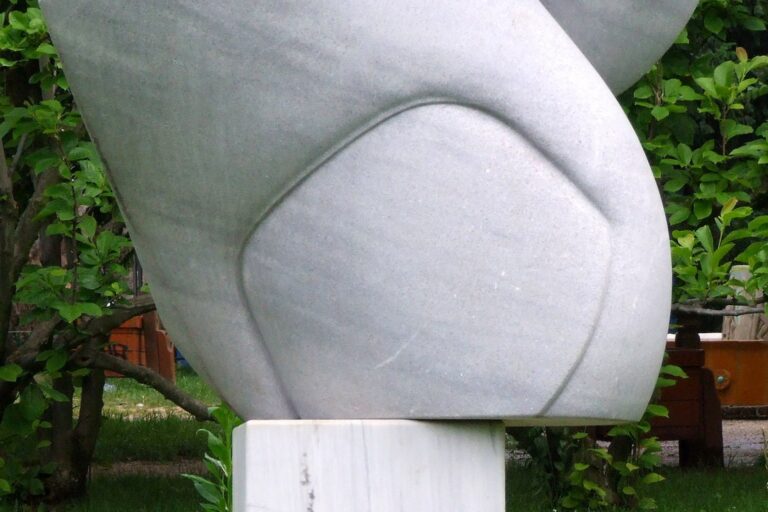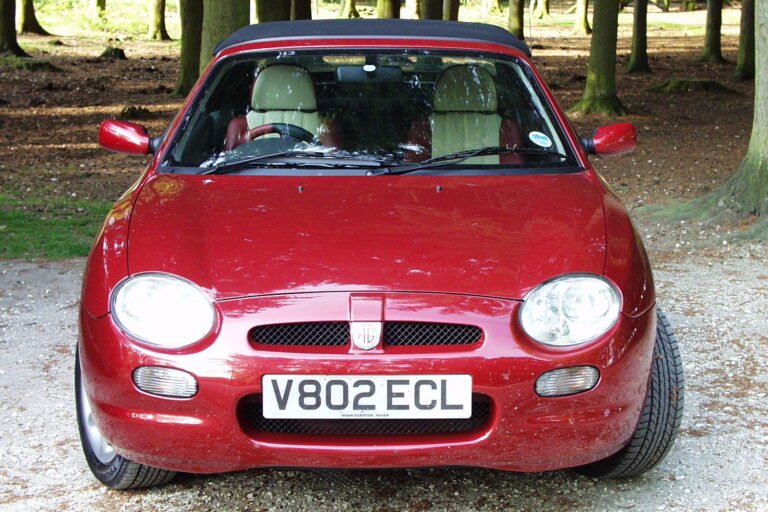Managing a large image library with Piwigo
I like taking photos. Trouble is that I’m a tad trigger-happy with the shutter button. Over the last few decades I have captured around ½ million of my own digital images and about 33,000 scanned from 35mm neg. On top of that there are around 45,000 edited/retouched images – not to mention a thousand or so of my own video-clips and short films. Whilst darktable is an excellent bulk editor, it is not best suited to managing large image libraries.
I’ve flirted with various methods over the years, starting back in the 1990’s filing by ISO-8601 date and adding a small “info.txt” file to each directory – which actually proved to be quite a good system. More recently I overlaid that with a local Piwigo instance. Piwigo is designed for large image websites. However it works just well on “intranets” too. I have such an intranet server literally four metres from where I am sitting now.
Known as my Linux Media Server, it currently runs a Debian/Ubuntu derivative known as KDE Neon, c/w Piwigo plus a number of other web applications, managing and delivering a variety of content to any authorised person, anywhere in the building – and beyond, if I choose to permit it. At some point I will upgrade this machine’s aging system SSD and install Debian Stable c/w KDE Plasma Desktop. Data lives on a 22TB electromechanical disk and is backed-up to various other drives using the methodology described here.
I run Apache 2.4 webserver c/w PHP and MySQL/MariaDB – all free and fairly trivial to set up, certainly on Debian-based systems. Then you install Piwigo as per the instructions on its site. It has a large and enthusiastic support community, and it’s very, very stable. In addition to being free, open source and all that, it has lots of other advantages too.
- Virtually unlimited number of images due to its ‘industrial strength’ underlying database
- Customisable
- Searchable
- Assign access permissions (you decide who can see what)
- Viewable on any device with a reasonably modern web browser (Windows, MacOS, Debian, Ubuntu, Android, iOS, whatever).
- There are also some quite a good dedicated Android iOS apps that will connect to your Piwigo instance, for those who do most of their computing on a mobile.
Some Piwigo enthusiasts have likened it to having your own personal private Flickr, in your own house, that’s really fast, but without all the stupid stuff you get with Flickr. So, if you have a very large image collection, and if you’re OK setting up a basic Debian or Ubuntu Linux box, then you may wish to check it out…
- https://piwigo.org
- https://en.wikipedia.org/wiki/Piwigo
- https://www.linuxjournal.com/content/build-your-own-flickr-piwigo
